Title
I want to be able to welcome my father in my house again
2018
Artists
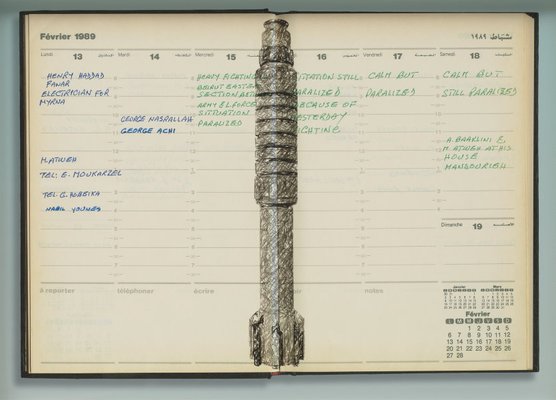
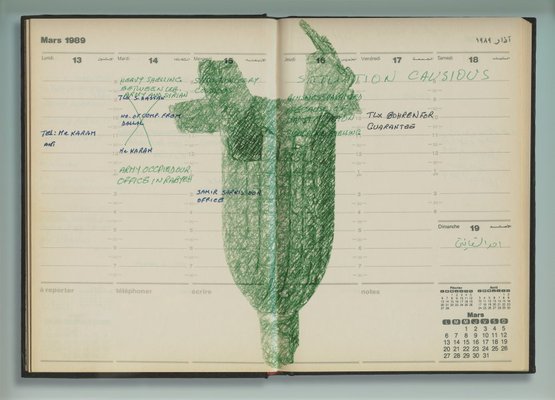
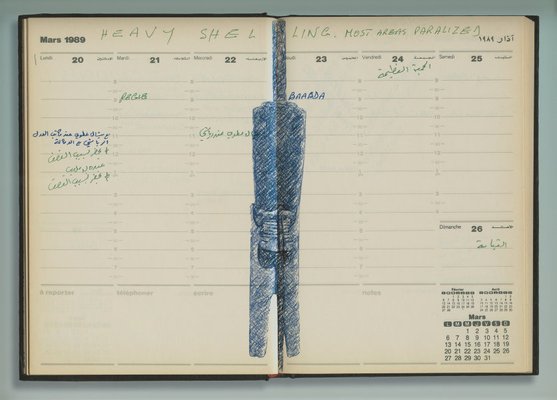
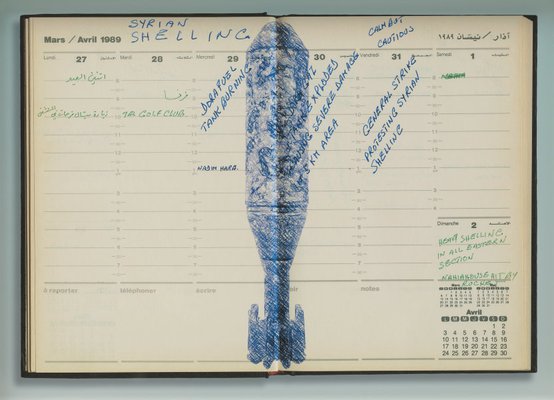
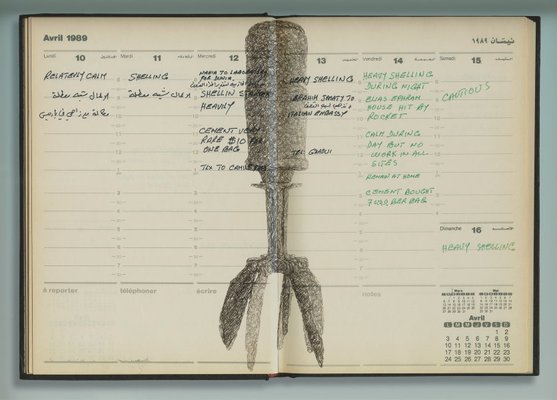
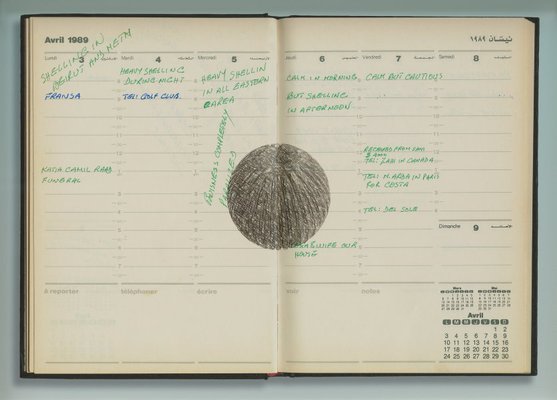
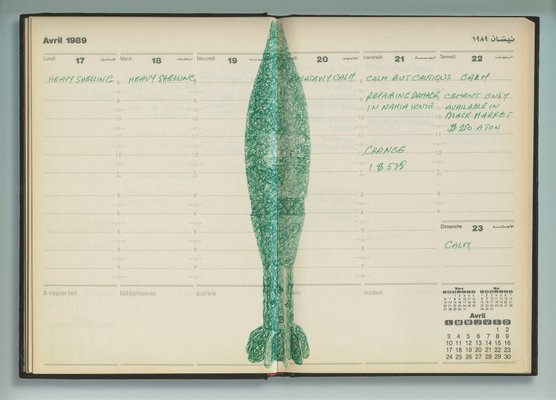
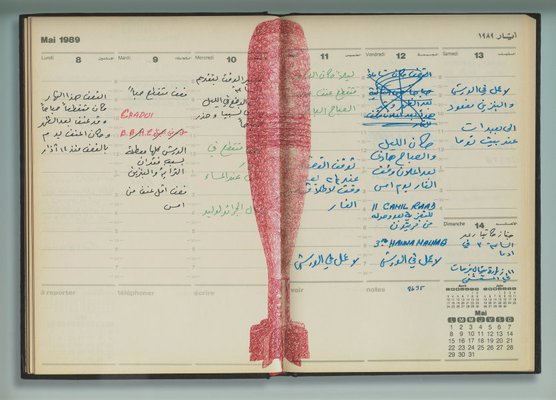
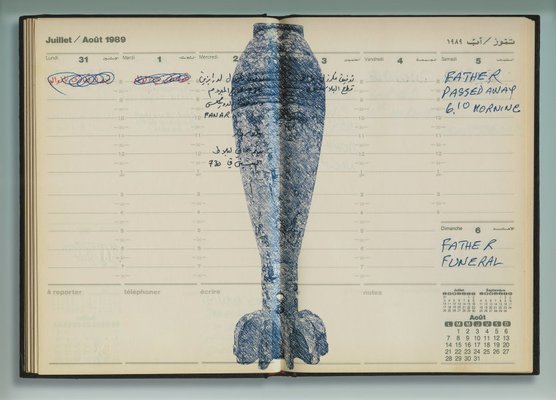
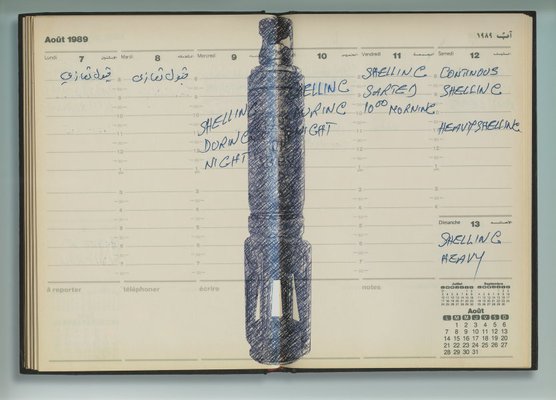
-
Details
- Date
- 2018
- Media category
- Photograph
- Materials used
- set of ten archival inkjet prints mounted on Sintra
- Edition
- 2/5 [edition of 5 + 2APs]
- Dimensions
-
display dimensions variable
:
a - Part a, 47 x 59.4 cm
a - Part a, 48.9 x 66.7 x 3.8 cm, frame
b - Part b, 47 x 59.4 cm
b - Part b, 48.9 x 66.7 x 3.8 cm, frame
c - Part c, 47 x 59.4 cm
c - Part c, 48.9 x 66.7 x 3.8 cm, frame
d - Part d, 47 x 59.4 cm
d - Part d, 48.9 x 66.7 x 3.8 cm, frame
e - Part e, 47 x 59.4 cm
e - Part e, 48.9 x 66.7 x 3.8 cm, frame
f - Part f, 47 x 59.4 cm
f - Part f, 48.9 x 66.7 x 3.8 cm, frame
g - Part g, 47 x 59.4 cm
g - Part g, 48.9 x 66.7 x 3.8 cm, frame
h - Part h, 47 x 59.4 cm
h - Part h, 48.9 x 66.7 x 3.8 cm, frame
i - Part i, 47 x 59.4 cm
i - Part i, 48.9 x 66.7 x 3.8 cm, frame
j - Part j, 47 x 59.4 cm
j - Part j, 48.9 x 66.7 x 3.8 cm, frame
- Signature & date
Signed u.c. Certificate of authenticity, black felt tipped pen "Walid Raad'. Not dated.
- Credit
- Purchased with funds provided by the Mervyn Horton Bequest 2023
- Location
- Not on display
- Accession number
- 157.2023.a-j
- Copyright
- © Walid Raad
- Artist information
-
Walid Raad
Works in the collection
- Artist information
-
The Atlas Group
Works in the collection
- Share
-
-
About
'Throughout the war years, my father kept a diary in which he detailed the Lebanese pound's free fall, the price of construction materials, and the kinds of bombs that fell around his home.' – Walid Raad
Walid Raad (b. 1967, Chbaniyeh, Lebanon) works across installation, performance, video, and photography. His works often meditate on the veracity of different forms of documentation, while also reflecting on the role of memory and storytelling during times of war.
The Atlas Group is a fictional collective that Raad developed between 1989 and 2004 to explore the contemporary history of Lebanon and with a focus on the civil wars that engulfed the country from 1975 to 1990. It is notable that the period of the Lebanese Civil War resulted in the largest-ever influx of Lebanese migrants to Australia.
Works pertaining to The Atlas Group include found and created documents, as well as a collection of stories. Raad attributes these documents to different names, including the artist’s father, Ghanem Mansour Raad, but they are ultimately the work of the artist himself.
'I want to be able to welcome my father into my house again' purports to comprise facsimiles of pages from the diary of the artist’s father. Dated February to August 1989, 14 years after the commencement of the Lebanese Civil War and a year before it concluded, the pages detail everyday activities while also noting days of heavy shelling and containing sketches of the types of bombs used in the conflict.
